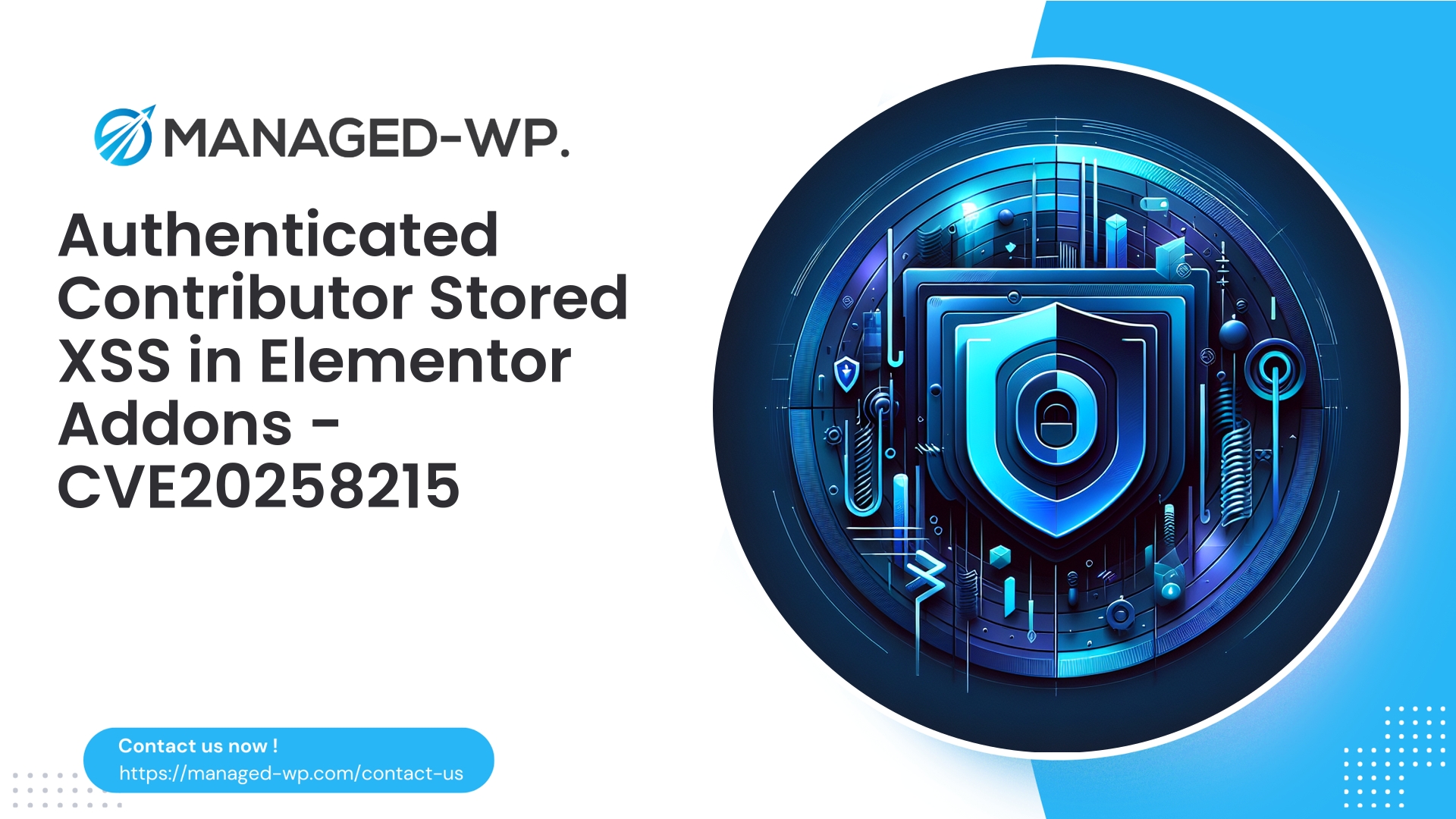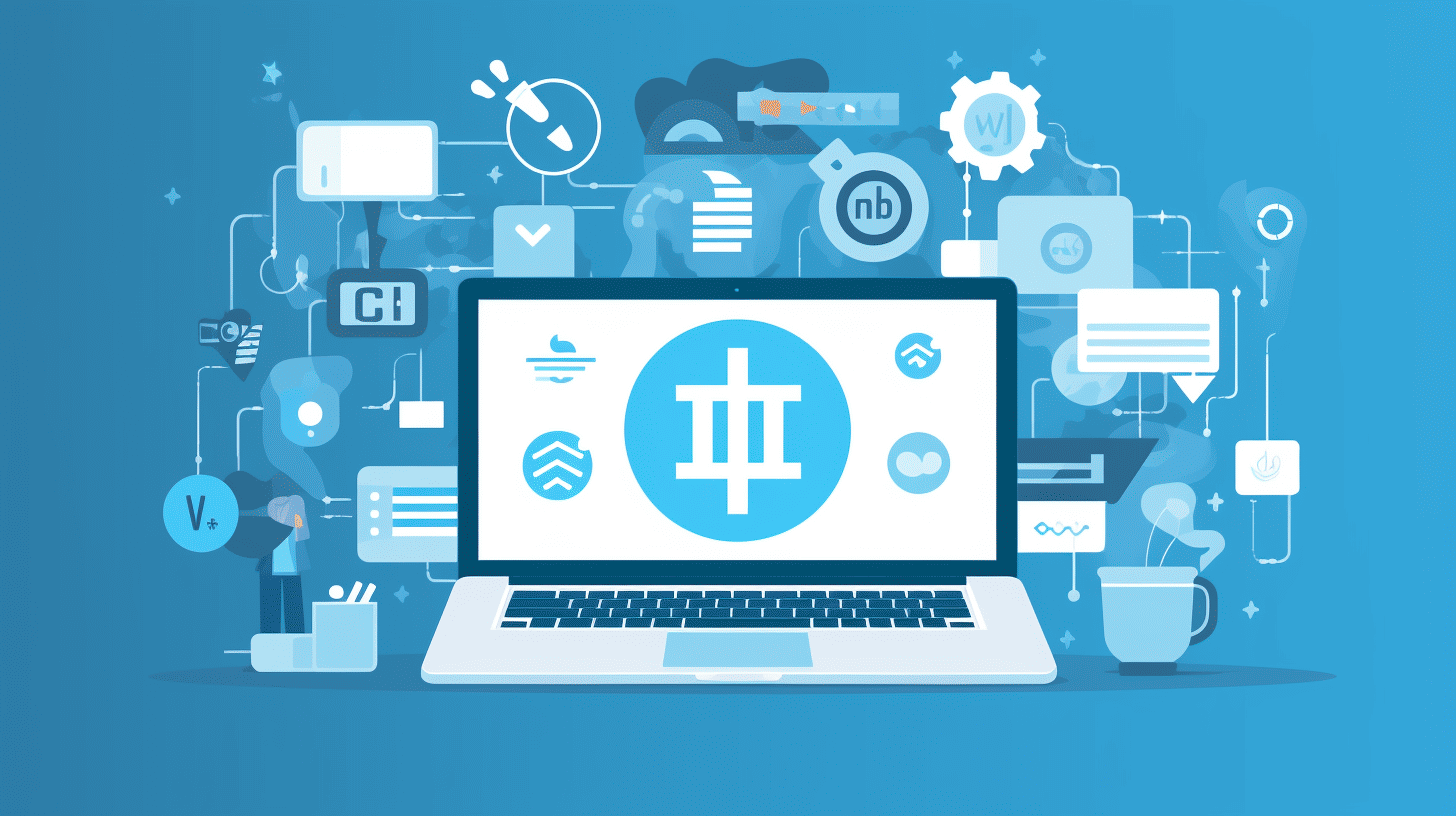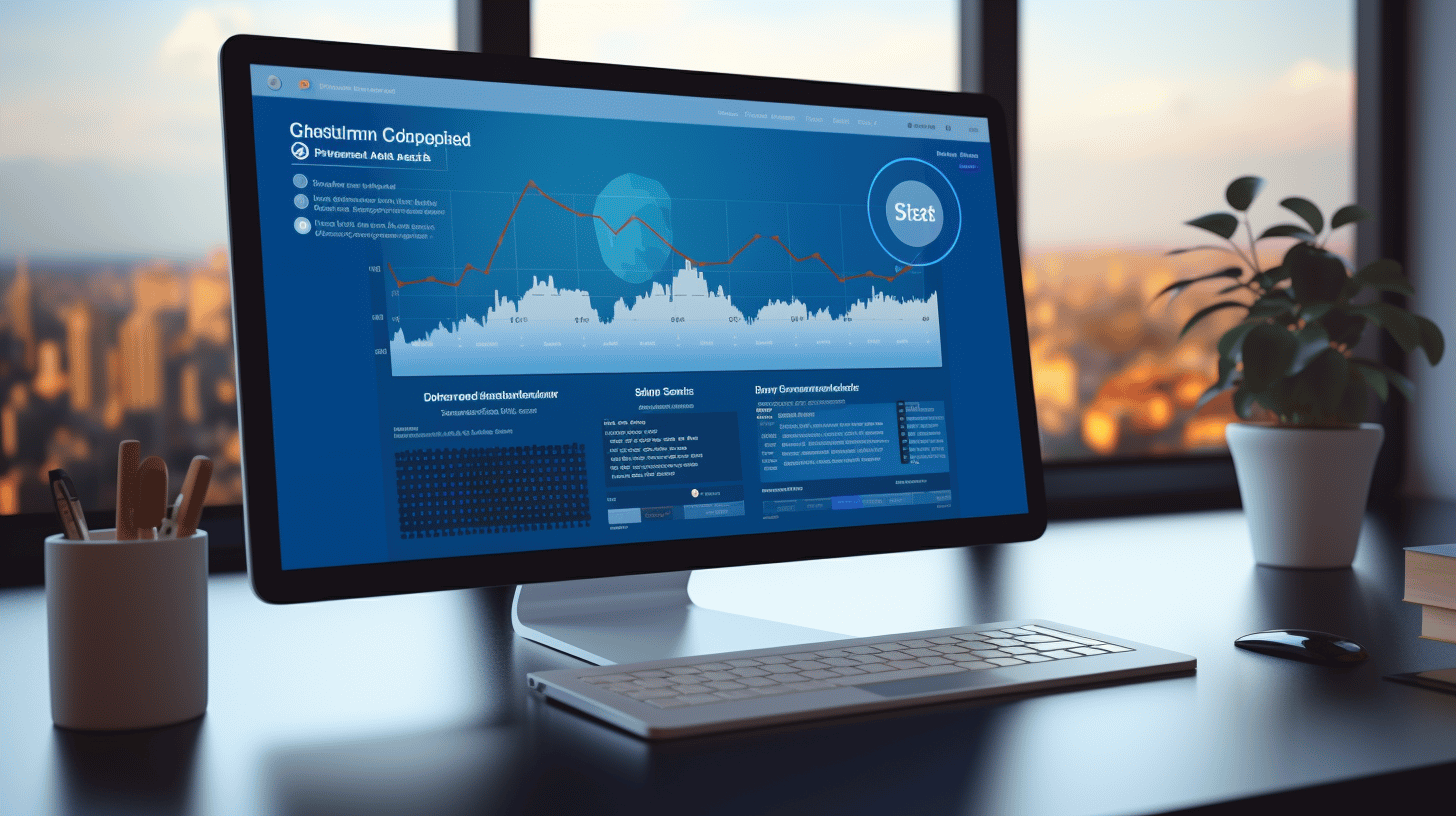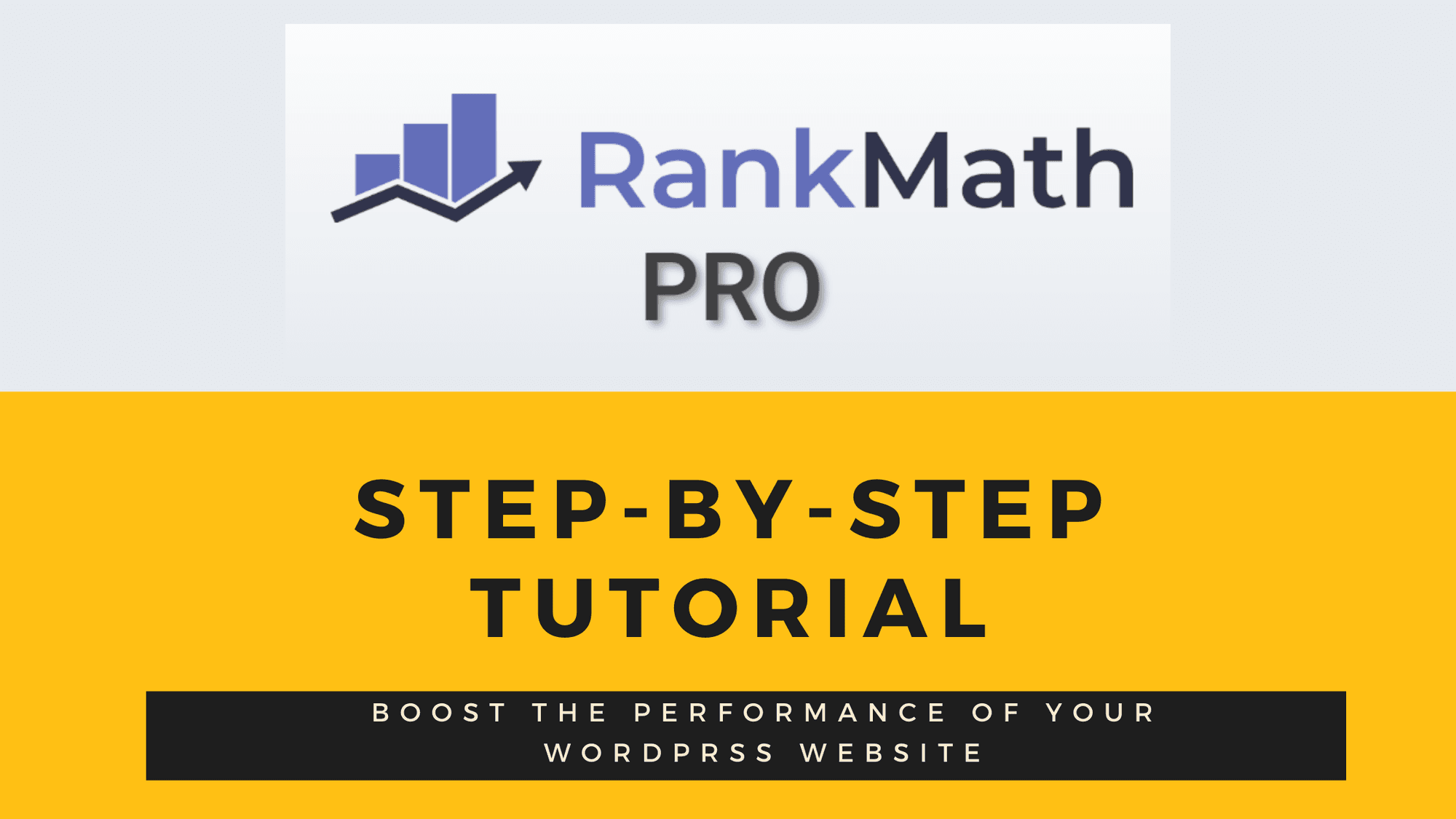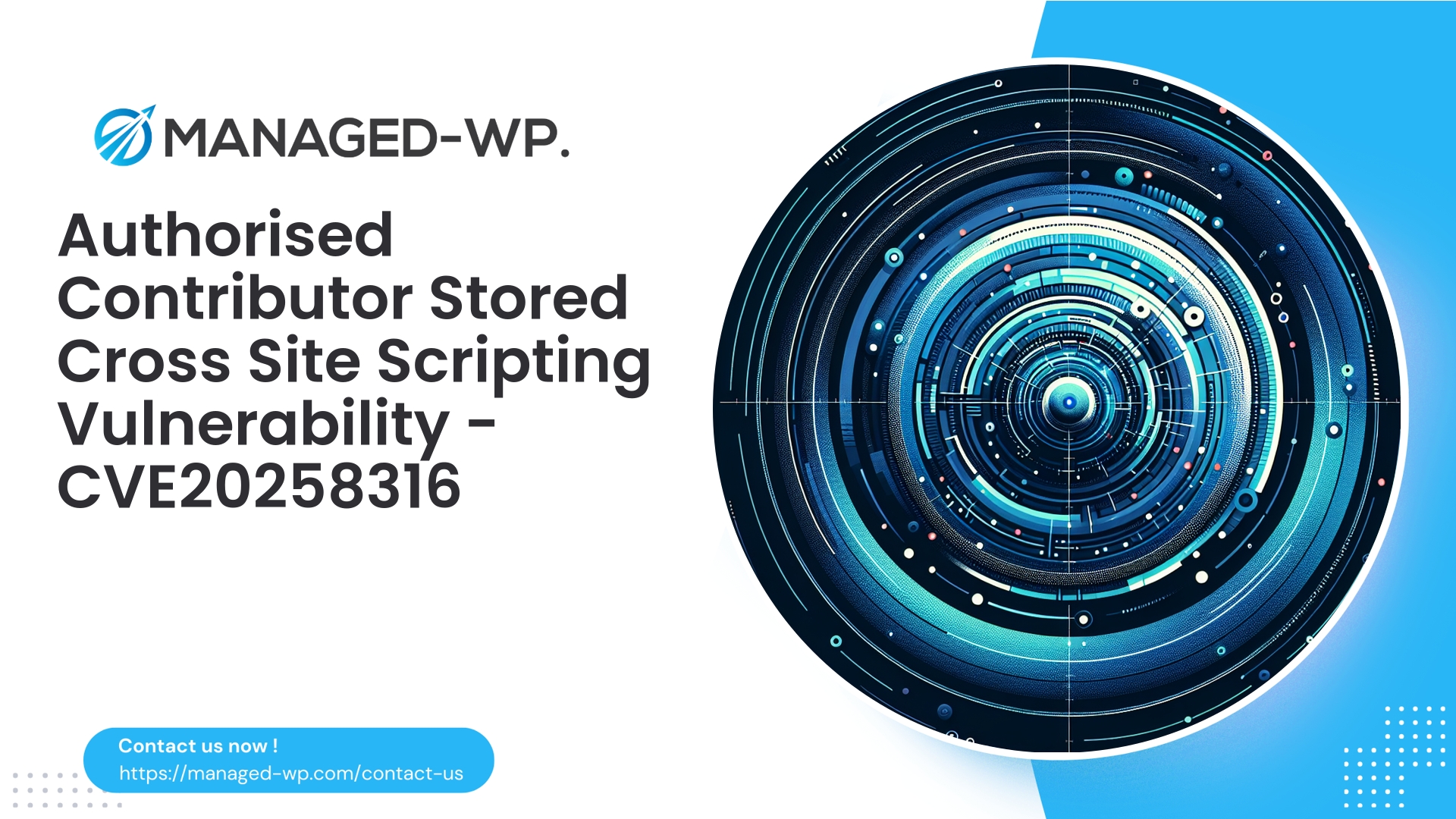| Plugin Name | Responsive Addons for Elementor |
|---|---|
| Type of Vulnerability | Authenticated Stored XSS |
| CVE Number | CVE-2025-8215 |
| Urgency | Low |
| CVE Publish Date | 2025-09-11 |
| Source URL | CVE-2025-8215 |
Responsive Addons for Elementor (≤1.7.4) — Authenticated Contributor Stored XSS (CVE-2025-8215): Detailed Analysis, Risk Evaluation, and Mitigation Strategies
By Managed-WP Security Experts | 2025-09-11
A comprehensive technical briefing for site owners and developers on this stored XSS vulnerability. Understand the exploit mechanism, detect potential compromises, and learn how Managed-WP’s managed protection solutions can secure your WordPress installation, including options available with our free plan.
Executive Summary
A stored cross-site scripting (XSS) vulnerability has been identified in the WordPress plugin Responsive Addons for Elementor, affecting all versions up to and including 1.7.4. Catalogued as CVE-2025-8215 and rated with a CVSS-equivalent score of 6.5, this flaw allows users with Contributor-level access or above to inject malicious JavaScript code into widget settings. Because these settings are stored and later rendered either on the frontend or within the WordPress admin dashboard, the injected scripts can execute in the context of administrators or visitors, potentially resulting in severe security incidents.
This advisory covers:
- A practical explanation of how this vulnerability operates,
- Potential attack scenarios and their impact,
- Detection methods to identify compromises,
- Short- and long-term mitigations for site operators,
- An overview of Managed-WP’s managed firewall and protection capabilities,
- Secure development practices to remediate the issue at the code level.
Our approach blends expert-level WordPress security insights with actionable steps, designed for both security professionals and technical site administrators.
Vulnerability Overview
- Title: Authenticated (Contributor+) Stored Cross-Site Scripting via widget configuration
- Affected Plugin: Responsive Addons for Elementor
- Versions Impacted: ≤ 1.7.4
- Attack Vector: Stored XSS through unescaped widget settings output
- Required Privileges: Contributor or higher (authenticated users)
- CVE Reference: CVE-2025-8215
- Date Reported: 2025-09-11
- Official Patch Status: No official patch available at time of disclosure
Stored (persistent) XSS arises when malicious input is saved by the application and later rendered without proper sanitization or encoding. In this case, certain widget settings in the plugin are vulnerable because their content isn’t sufficiently sanitized or escaped before being output on frontend or admin interfaces, enabling script execution from contributor-level users.
Why Contributor Privileges Are Critical
Within WordPress, Contributors can typically:
- Create and edit their own posts and content,
- Sometimes edit content depending on site configuration,
- But cannot publish posts (that requires Editor/Admin roles).
Despite restricted capabilities, Contributors are authenticated users — allowing them to submit unsanitized HTML or JavaScript that executes in other higher-privileged user contexts poses a serious risk. Especially on multi-author or guest contributor sites, this vulnerability presents a meaningful attack surface.
Real World Attack Scenarios
- Admin Account Takeover via Stored XSS
A contributor injects malicious scripts into widget settings shown in admin widgets preview or page builder. When admins access these views, the script runs with admin privileges enabling cookie theft, session hijacking, CSRF attack execution, or creation of unauthorized admin users. - Frontend Defacement, Redirects, or Malware Injection
Malicious payloads injected into widgets displayed on public pages can redirect users to phishing or malware domains, serve intrusive ads, or load cryptojacking code without user consent. - Phishing or Credential Harvesting
Widgets can be crafted to display false admin notices or login requests aiming to steal credentials from unsuspecting admins. - Supply Chain or Cross-Origin Impact
If the site is embedded in others via widgets or iframes, the malicious script can propagate and affect multiple sites.
Impact Evaluation
- Confidentiality: High — attacker may access sensitive admin sessions or private site data.
- Integrity: Moderate to high — malicious changes to content or plugin settings possible.
- Availability: Low to moderate — potential disruption through redirects or injected scripts.
- Reach: Varies — admin-only widgets have limited exposure; frontend widgets pose a broader threat.
The 6.5 CVSS rating signals a moderate to high risk, particularly due to the ability to escalate attacks once admin sessions are compromised.
Indicators of Compromise and Detection Techniques
For sites running vulnerable versions, active detection is key:
- Database Inspection for Script Tags in Widget Data
Reviewpostmetaandwp_optionstables for suspicious<script>tags or JavaScript snippets stored in widget configuration data.
Example WP-CLI commands:# Search postmeta for suspicious script tags wp db query "SELECT post_id, meta_key, meta_value FROM wp_postmeta WHERE meta_value LIKE '%<script%' LIMIT 100;" --skip-column-names # Search wp_options for script tags wp db query "SELECT option_name, option_value FROM wp_options WHERE option_value LIKE '%<script%' LIMIT 100;" --skip-column-names - Audit Admin and Contributor Activity Logs
Examine audit trails for unusual modifications matching suspicious data injection times, focusing on contributor accounts. - Analyze Rendered Pages
Check frontend and admin page sources for unexpected inline scripts, obfuscated JavaScript, or suspicious external scripts. - Review Web Server Logs
Look for POST/GET requests carrying suspicious payloads or abnormal API calls by contributor accounts. - Monitor External Alerts
Pay attention to warnings from search engines or malware blacklists indicating possible compromise.
Immediate Remediation Checklist for Site Owners
- Restrict Contributor Privileges
Temporarily limit or revoke contributor roles to prevent risky uploads or edits.
Disable new registrations if possible to limit potential attackers. - Deactivate or Remove Vulnerable Plugin
If the plugin is non-critical, disable it immediately:wp plugin deactivate responsive-addons-for-elementor - Disable Vulnerable Widgets
Identify and remove or disable widgets powered by the vulnerable plugin until a patch is available. - Clean Malicious Stored Data
Manually inspect and sanitize any stored script tags in the database before reactivating the plugin. - Restrict Widget Editing
Limit widget editing capabilities to administrators or trusted roles only using role management plugins. - Activate and Configure Managed Web Application Firewall (WAF)
Enable virtual patching rules to block malicious POST requests from contributors containing script payloads.
How Managed-WP’s Managed WAF Protects Your Site
Managed-WP offers robust multi-layer protection designed to defend WordPress sites against this exact threat:
- Advanced signature-based WAF rules: Pre-built virtual patches detect and block attempts to inject executable code in widget settings by non-admin users.
- Behavioral anomaly detection: Flags unusual contributor behavior involving executable markup and throttles suspicious requests.
- Output HTML hardening: Sanitizes known stored XSS payloads from outgoing page content, preventing script execution in browsers.
- Continuous monitoring and alerting: Provides real-time logs and alerts when malicious activity is attempted, accelerating response times.
- Coverage on Free Plan: Our Basic (Free) plan includes managed firewall and malware scanning designed to mitigate OWASP Top 10 threats, including XSS.
For site owners managing multiple sites or hosting platforms, Managed-WP’s managed firewall and virtual patching dramatically reduce time-to-protection when official plugin fixes lag behind disclosures.
Development Best Practices for Fixing the Vulnerability
Plugin developers and integrators should address this by implementing strict validation and escaping:
- Sanitize Inputs at Save Time:
Use WordPress sanitization functions appropriate to data types:<?php // Plain text field $instance['title'] = sanitize_text_field( $new_instance['title'] ); // Textarea without HTML $instance['summary'] = sanitize_textarea_field( $new_instance['summary'] ); // Allow limited HTML with explicit allowlist $allowed_tags = array( 'a' => array( 'href' => true, 'title' => true, 'rel' => true ), 'strong' => array(), 'em' => array(), 'br' => array(), 'p' => array(), ); $instance['rich'] = wp_kses( $new_instance['rich'], $allowed_tags ); ?> - Escape All Output:
All stored data must be escaped immediately before display:<?php echo esc_attr( $instance['button_text'] ); // For attributes echo wp_kses_post( $instance['content'] ); // For limited HTML content echo esc_html( $instance['subtitle'] ); // For plain text output ?> - Enforce Capability Checks and Nonce Verification:
Only authorized users should save data, verified with nonces:<?php if ( ! current_user_can( 'edit_posts' ) ) { return; } if ( ! isset( $_POST['my_widget_nonce'] ) || ! wp_verify_nonce( $_POST['my_widget_nonce'], 'save_my_widget' ) ) { return; } ?> - Handle JSON Safely:
Encode JSON data with escaping flags to avoid inline script injection:<?php $data = wp_json_encode( $settings ); echo '<script>var mySettings = ' . wp_json_encode( $settings, JSON_HEX_TAG | JSON_HEX_APOS | JSON_HEX_QUOT | JSON_HEX_AMP ) . ';</script>'; ?> - Whitelist Allowed HTML:
Restrict allowed HTML tags and disallow script, style, and inline event attributes. - Audit Admin Widget Rendering:
Avoid rendering unsanitized HTML in admin widget previews or strip tags extensively. - Automated Testing:
Add unit and integration tests to prevent execution of malicious content.
Recommended WAF Rule Heuristics
Security teams managing WAFs should consider virtual patching these patterns:
- Block POSTs to widget save endpoints or admin-ajax calls from non-admins containing
<script>tags or event handlers likeonclick,onerror,onload. - Detect suspicious JavaScript constructs such as
document.cookie,eval(,window.location, or<svg onload=. - Sanitize outgoing responses by stripping dangerous markup when sanitization on input is unavailable.
- Rate-limit contributors on widget saves and enforce nonce validation.
- Log offending user identifiers and impose IP-level blocks on repeat offenders.
Note: Rules should be carefully tuned and tested in staging environments to minimize false positives.
Hardening Recommendations for Site Owners
- Apply Principle of Least Privilege:
Grant only necessary access rights. Revoke widget/page-building capabilities from contributors unless absolutely necessary. - Maintain Fast Update Cycles:
Enable automatic plugin updates when possible and stay informed about security advisories. - Keep Regular Backups and DB Snapshots:
Ensure you can swiftly roll back malicious changes or unwanted content injections. - Enforce Change Review Practices:
Require multiple administrator approvals for widget or page structure modifications. - Use Role Management Plugins Wisely:
Tightly control who can edit widgets and make structural site changes. - Conduct Frequent Security Scans:
Search databases for inline script insertions and monitor site integrity. - Leverage Security Headers & CSP (Content Security Policy):
Implement restrictive CSP rules to limit the execution of inline scripts and loading of potentially harmful external resources.
Sample Minimal Content Security Policy:
Content-Security-Policy: default-src 'self'; script-src 'self' 'nonce-<dynamic>' https://trusted-scripts.example.com; object-src 'none'; base-uri 'self';Note: CSP must be carefully configured to avoid breaking theme or plugin functionality that relies on inline scripts.
Incident Response Steps if Exploitation is Suspected
- Isolate and Snapshot:
Take offline backups of the full site and database for forensic investigation.
Consider temporarily taking the site offline or under maintenance mode if severe. - Locate Injection Points:
Utilize database queries targeting stored script tags to identify affected widgets and users. - Clean and Rotate Credentials:
Remove injected payloads, rotate sensitive credentials including API keys and passwords, especially for admin users. - Audit and Remove Compromised Accounts:
Delete unauthorized admin users created by attackers and review logs of their activity. - Monitor Post Incident:
Increase log verbosity and watch for repeated suspicious activity. - Patch and Validate:
Once an official plugin update is available, apply it promptly and test thoroughly before production rollout.
Maintain managed WAF protection until the patch is live.
Frequently Asked Questions
Q: I only allow Contributors on my site. How much risk do I face?
A: Risk depends on whether contributors have access to widget or page builder interfaces. If they do, you should act immediately to restrict capabilities and enable WAF protection. If they do not have such access, the risk is lower but not zero.
Q: Can I automatically sanitize all stored widget data?
A: Automated sanitization can damage legitimate data and should be done cautiously with full backups. Manual inspection and cleanup targeting suspicious data is safer.
Q: Will enforcing Content-Security-Policy stop the attack?
A: CSP reduces impact but does not replace the need for proper input/output sanitization. CSP is an additional layer of defense.
Recommended Mitigation Timeline
- Within Hours: Disable or deactivate vulnerable plugin if possible, restrict contributor roles, enable Managed-WP WAF protections.
- Within 1–2 Days: Search for and remove malicious payloads from database, rotate sensitive credentials, increase logging.
- Within 1–2 Weeks: Apply official plugin patch once released, carry out comprehensive testing in staging environments.
- Ongoing: Employ principle of least privilege, continuous monitoring, and regular plugin updates.
Managed-WP Protection Plans — Features and Quick Enrollment
Managed-WP offers tailored plans to enable rapid, effective site protection:
- Basic (Free): Managed firewall with unlimited bandwidth, Web Application Firewall, malware scanning, and OWASP Top 10 risk mitigation. Ideal to block automated attacks and provide essential baseline defense.
- Standard ($50/year): Adds automated malware cleanup and flexible IP blacklisting/whitelisting.
- Pro ($299/year): Provides monthly security reports, virtual patching, prioritized support, and premium managed services.
Activate Managed-WP Basic (Free) today to shield your sites from this class of vulnerabilities and ensure ongoing protection:
https://my.wp-firewall.com/buy/wp-firewall-free-plan/
Developer Guidance — Essential Checklist for a Proper Plugin Patch
Plugin developers should incorporate the following in their patches and changelogs:
- Comprehensive input sanitization for all widget and setting data (
sanitize_text_field,sanitize_textarea_field,wp_kseswith explicit allowlists). - Output escaping on all rendering paths (
esc_html,esc_attr,wp_kses_post). - Nonce verification and capability checks for admin AJAX endpoints and saves.
- Automated tests simulating malicious payloads to verify no execution occurs in admin or frontend.
- Clear changelog entries outlining security fixes and upgrade instructions.
- Security disclosure timeline and researcher contact information.
Final Thoughts and Recommendations
While contributor-level stored XSS is often rated “low risk” because it requires authentication, real-world editorial practices frequently allow contributors access to widget and page building interfaces. Therefore, risks of privilege escalation and admin session compromise must be taken very seriously.
Organizations managing WordPress sites should:
- Promptly audit presence of the Responsive Addons for Elementor plugin and contributor widget editing capabilities.
- Implement immediate mitigations such as plugin deactivation, widget disabling, and Managed-WP WAF activation.
- Perform database cleanups to remove stored malicious scripts.
- Prepare for vendor patches by ensuring developers understand proper sanitization and escaping.
Defense-in-depth is the key: Managed-WP’s virtual patching shortens time-to-protection; secure coding and permissions reduce attack surface; and continuous monitoring plus backups provide recovery options.
Secure your site now with Managed-WP’s managed firewall and comprehensive protections included in our Basic (Free) plan. Begin your protection journey here:
https://my.wp-firewall.com/buy/wp-firewall-free-plan/
For assistance, our Managed-WP team offers free site scans to detect signs of this stored XSS vulnerability and deliver tailored, actionable remediation advice.











